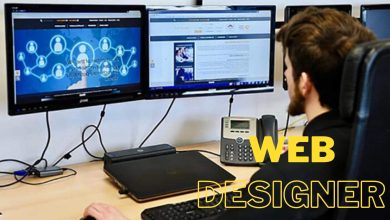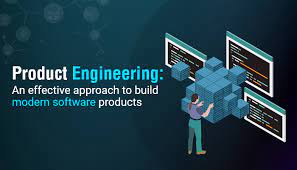The User’s Guide to Operating Systems

The operating system (OS), in the complex world of computers orchestrates the interaction between software and hardware. The OS is often a background operation for many users. However, its importance cannot be understated. This guide is designed to help users understand the importance and functionality of operating systems.
I. Introduction To Operating Systems
1. Define the Operating System
Operating systems are software components that provide services to computer programs and manage computer hardware. It is a software component that acts as a mediator between the user and computer hardware. This article explores HMH Smart Square and its features. It also explains how to get the most out of this intelligent tool.
2. Importance Operating System
OSs are essential to enable communication between hardware and software components. It runs processes and manages resources. A computer without an OS would consist of a collection of complex components that have no unified functionality.
II. Functions and Key Features of Operating Systems
1. Process Manager
The OS manages tasks, schedules processes and handles multitasking. This allows users to run multiple applications simultaneously. It schedules processes and manages multitasking. Users can run multiple applications at once.
2. Memory Management
Operating systems are responsible for managing computer memory. They ensure that every program has the space it needs to run. This includes allocating, dealinglocating, preventing conflict, and optimizing the overall performance of your system.
3. File Management
The OS manages and organizes files on storage media. It has a hierarchical system that allows users to efficiently store, retrieve and organize data. Data security and integrity are also supported by file systems.
4. Device Manager
Operating systems manage communication between hardware and applications. It involves the management of input and output devices such as keyboards and printers to ensure seamless interaction.
5. User interface
The interface between a computer and its user is called the user interface. Operating systems offer graphical user interfaces or command-line-interfaces that are user-friendly.
III. Operating Systems
1. Single User Operating Systems
Single-user operating system is common on personal computers. These operating systems are designed for simplicity and ease-of-use.
2. Multi User Operating Systems
Multiple users can simultaneously access the operating system with multi-user systems. These systems are common in networks and essential for servers.
3. Real Time Operating Systems (RTOS),
RTOS puts real-time processing first, ensuring that tasks are completed within pre-determined time limits. These are essential in medical devices and industrial system.
4. Distributed Operating Systems
Distributed operating system manages a network, allowing computers to work as one. They improve reliability and resource sharing.
IV. Popular Operating Systems
1. Microsoft Windows
Microsoft Windows, which is known for its friendly interface, is used widely in personal computers. It is compatible with a wide range of software.
2. macOS
MacOS, the operating system exclusive to Apple computers is known for its elegant design and seamless integration of Apple hardware and software.
3. Linux
Linux is a popular open-source operating systems known for its security, stability, and versatility. It is widely used in embedded systems and servers.
4. Android
Android and iOS are designed for mobile devices. They offer touch-based user interfaces, and a wide range of applications.
V. Updates
1. Updates are Important
Operating systems are updated regularly to improve security, fix bugs and add new features. It is important that users keep their operating system up-to-date for optimal performance.
2. Security Measures
Operating systems have security features that protect against malware, viruses and unauthorized access. To enhance security, users should adhere to best practices such as using strong, unique passwords and turning on firewalls.
VI. Support and Troubleshooting
1. Common OS Issues
Users can experience issues like slow performance, conflicts with software, or crashes of the system. The root cause of the problem must be identified and addressed during troubleshooting.
2. Online Support Communities
Online support communities are available for many operating systems. Users can ask questions, find answers, and even share their experiences. These communities can provide valuable insight for solving problems. 101desires.com Internet is a site that provides a lot of useful information about computers and technology.
VII. Future Trends for Operating Systems
1. Artificial Intelligence
AI is increasingly integrated into operating system to improve user experience, automate processes, and increase system efficiency.
2. Edge Computing
Operating systems are evolving in order to support edge computing. This allows processing to be done closer to the data source. This trend is aimed at reducing latency and improving responsiveness.
3. Containerization
Containerization is becoming more popular, as exemplified in technologies such as Docker. It allows applications run consistently in different environments, improving portability and scaling.
VIII. Conclusion: Navigating Operating System Landscape
By demystifying the workings of operating systems, you can learn how to interact with your computer seamlessly. Understanding the OS will help you navigate the digital world with confidence, whether you are a casual user of aspiring technologist. The operating system is responsible for shaping the user’s experience, from the process management to the user interfaces.
Apart from that if you want to know about “10 Web Design Trends That Every Web Designer Should Know” then please visit our “Software development” Category.




